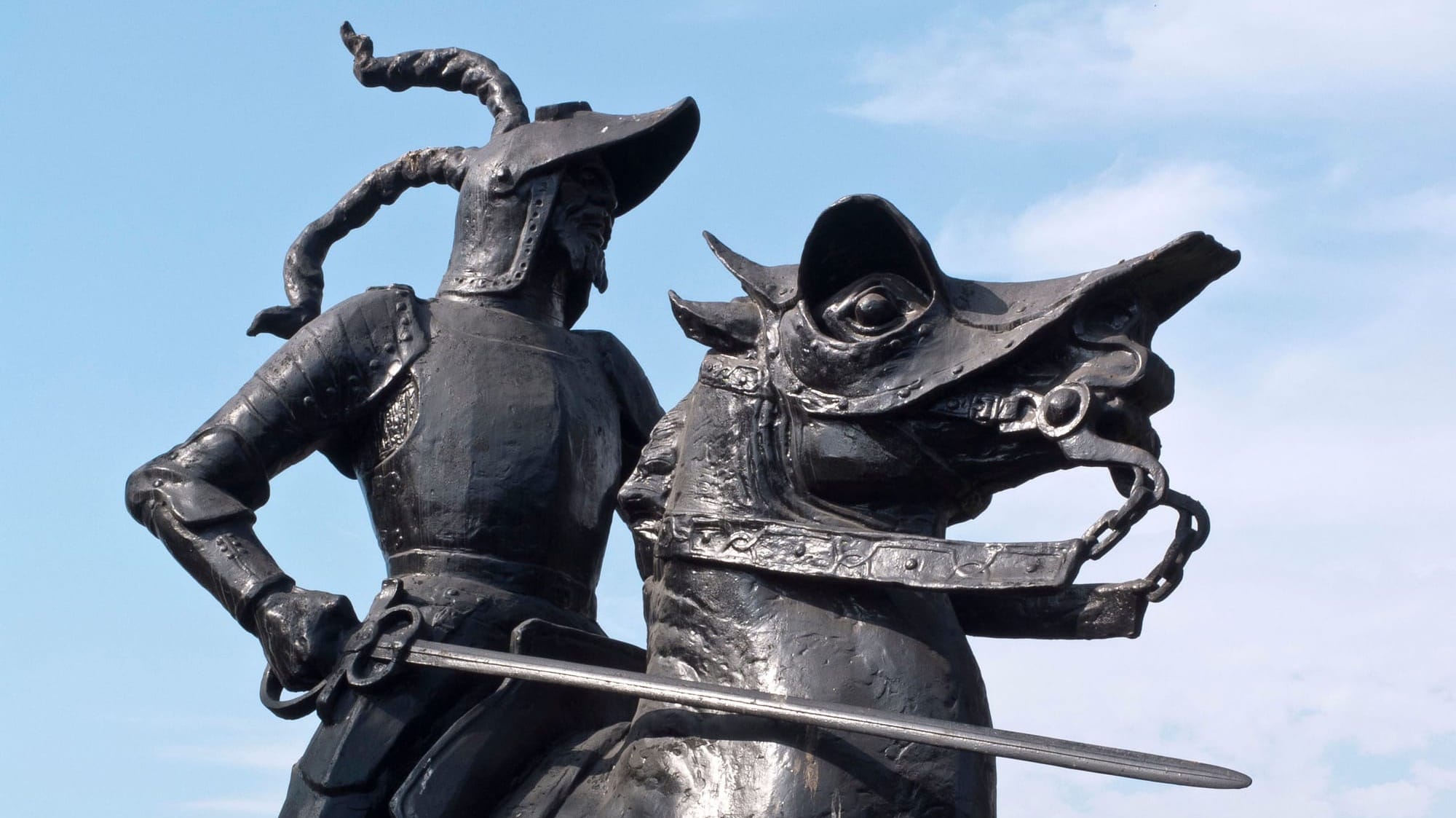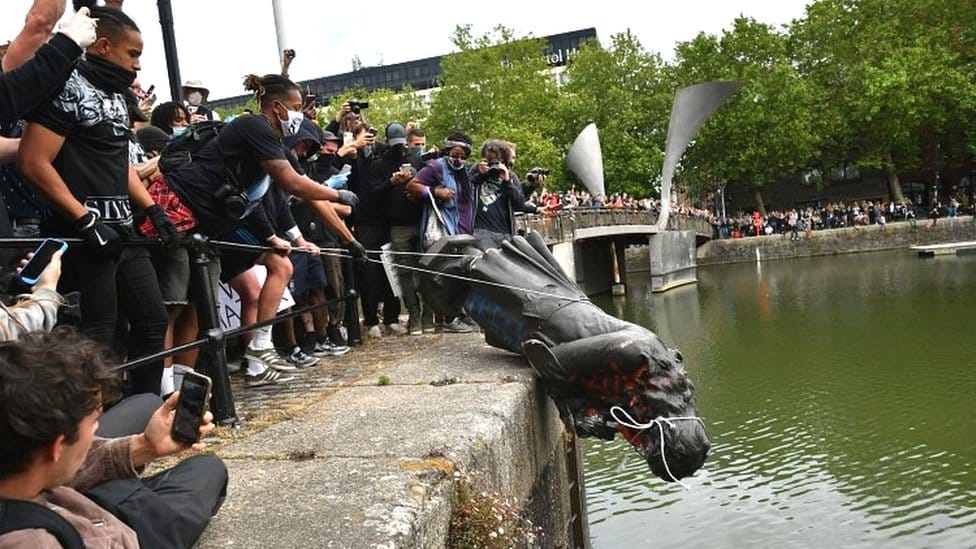Statues can be very political

In early 2025, a statue of the Spanish conquistador Francisco Pizarro was reinstalled in Plaza de Armas in the center of Lima, Peru, 22 years after it had been banished to a faraway park. The return of the statue (above) enraged indigenous locals who have long regarded Pizarro as a genocidal maniac. Traditionalists – those aligned with a Spanish heritage - defended the move as a reminder of history. The statue has been moved four times over the past 90 years, indicating the depth of feeling involved.
The question is complex: should such monuments be kept, in order to remind everyone that our histories were heroic enterprises and should be celebrated (optimistic view), or should they be torn down because those histories were horror shows and best forgotten (pessimistic view)? But, other points of view are possible. There are many who simply don’t care either way (cynical view), and others who think monuments should be kept as a reminder of history for good or for ill (an agnostic/mestizaje view)? Where do you stand? + - 0 1

Partial solutions have involved relocation, for example to less prominent locations like museums or faraway parks (c.f. Malinche in Mexico), or by installing dueling monuments. In Lima, a stone monument to the region's original Inca governor Gonzalo Taulichusco, was moved to be near the statue of Pizarro (above photo), but I think Pizarro got the better deal.
The same debate has been fierce in the U.S., especially in former Confederate states, similar to blackface fooleries. “Cancel culture” can apply to books, movies, words, anything really... In the U.K., it’s over slavery figures (photo below). In the Netherlands it’s over Black Peter (Zwarte Piet). In France it’s over who owns Joan of Arc.
Was Juliet Black? The Virgin Mary? Lady Godiva? And if Leonardo resented Michelangelo's statues, why?

